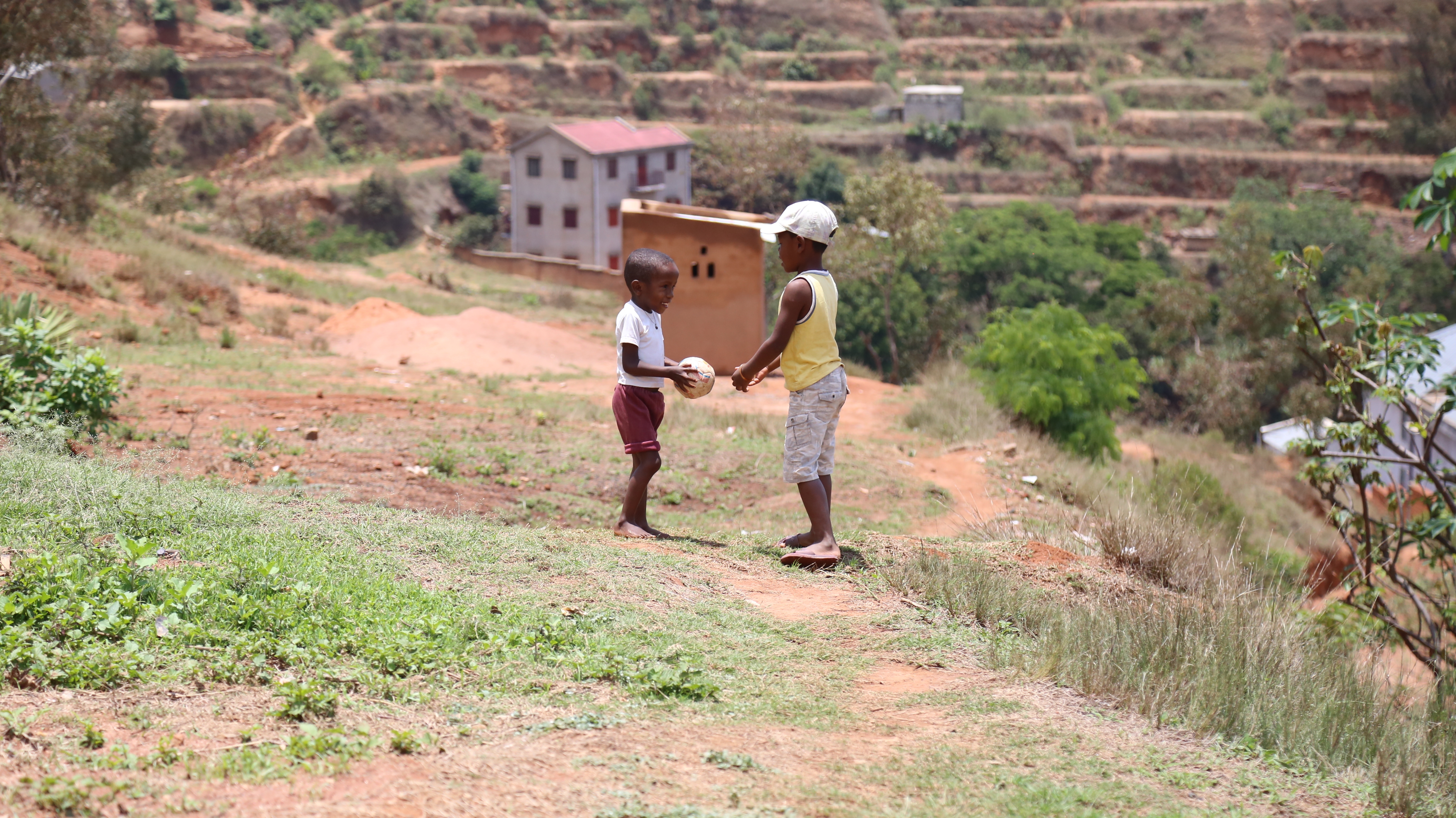515,000 children monitored by community nutrition sites since 2012
Approved in 2012 when Madagascar was mired in a full-blown social and political crisis, the five-year Emergency Support to Critical Education, Health and Nutrition Services Project (PAUSENS) established community nutrition sites, drawing on existing clinics. These community nutrition sites have helped the program increase the number of systematic household visits conducted by nutrition agents and distribution of nutritional supplements for children and pregnant and breastfeeding women. Training to develop agricultural and livestock farming activities and cooking skills to improve the quality of meals and food security in homes has been provided to over 23,000 vulnerable households. With the help of this program, more than 425,000 children under the age of two have benefited from improved nutrition, and over 515,000 children between the ages of two and five years are regularly monitored at community nutrition sites, with particular attention being paid to their weight and mid-upper arm circumference.
In addition, over 3,500 community nutrition workers have received appropriate training in health and nutrition.
Going even further
With a view to maintaining this momentum and building on the gains secured by PAUSENS, in December 2017 the World Bank approved a new mechanism that will simultaneously phase in various projects over a ten-year span. This novel “multiphase programmatic approach” is expected to pave the way for further progress on curbing stunting among Malagasy children.
Targeting close to 75 percent of under-fives, this program will first be rolled out in the eight regions in the country with the highest stunted growth rates, before being gradually expanded to 15 regions. The program seeks to reduce the number of stunted children in the targeted regions by 30 percent by 2028 and offer a brighter future to some 600,000 Malagasy children.
Composed of several overlapping phases, this nutrition program in Madagascar will be the first to be implemented using the “multiphase programmatic approach.” This recently launched World Bank initiative enables countries to structure a long, large, or complex engagement as a set of smaller linked operations under one program. It aims to foster learning and adaptation to ensure that operations are more responsive to a country’s context and changing circumstances. More expeditious incorporation of experiences gained during a given phase and from one to another will maximize results. Subsequent phases of the program will be designed as separate operations that will adhere strictly to all World Bank policies pertaining to management performance reviews, fiduciary assessments, environmental and social safeguards assessments, public disclosures, and consultation with the affected communities.
"Stand-alone operations work fine in many contexts, but if you are grappling with an issue as complex as stunting, the MPA is great because it allows you to mitigate the risks associated with a stop-and-go approach—huge losses of investment, and stalled or reversed progress towards an outcome," said Jumana Qamruddin, senior health specialist in the Health, Nutrition and Population Global Practice, and TTL of the program. "In Madagascar, the MPA has also motivated our client to commit to a higher level of ambition from the outset."
The program will accord priority to activities that promote good nutrition in the first 1,000 days (from birth to two years), as the positive impact of good nutrition on the capacity of children to grow, learn, and thrive is well known.

